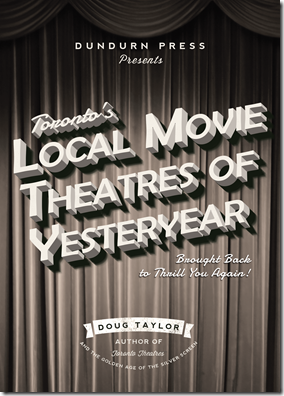Visiting Toronto’s Centre Island in the 1940s usually began by boarding a Toronto Peter Witt streetcar.
When I was a young boy in the 1940s, visiting Centre Island was high adventure. It was during the war years, and holidaying within the city was the only possibility open to most people. Gasoline and car tires were rationed, and automobiles were unaffordable. Besides, cars were not being manufactured due to the war effort. The most popular summer destinations were Centre Island, Sunnyside, and in mid-August, the CNE. The CNE is now greatly reduced in size and Sunnyside Amusement Park was demolished to construct the Gardiner Expressway. Sadly, the village on Centre Island, which I knew as a boy, has also disappeared.
For my family, a day-trip to Centre Island always began when my family boarded a Bay Streetcar. In those years, the Bay cars journeyed from their western terminus at St. Clair and Lansdowne, east on St. Clair, south on Avenue Road, east on Davenport and then, southward on Bay Street to the ferry docks at Bay and Queen’s Quay.
Interior of a Peter Witt streetcar such as those that travelled on the Bay Street route in the 1940s.
The excitement of anticipation caused the journey on the streetcar to be akin to a trans-continental trip. However, after travelling southward through the Bay Street canyon, we finally arrived at the ferry terminal, on the south side of Queen’s Quay, at the foot of Bay Street. My dad referred to as “the new terminal,” as it had been built between the years 1926 and 1927. This was only a few years after he had arrived in the city as a young immigrant in 1921.
As a boy, this was the only terminal that I knew; it remained in service until 1972, when it was demolished. The present-day facility, the Toronto Island Ferry Docks, was built in 1973, and was renamed the Jack Layton Terminal in 2013. In 2015, it was announced that a more modern terminal is to replace it.
This photograph of the terminal was taken in 1927, shortly after it opened at the foot of Bay Street. Above the entrance are the words, Hanlan’s Point. It was the most popular destination as it was where an amusement park and the city’s main baseball stadium were located. However, the Centre Island ferries also departed from this terminal. The streetcar in the photo is proceeding westward to terminate its journey at the TTC loop at York St. and Queen’s Quay. Photo from Toronto Archives, F1244, Item 1114.
My pleasure of having arrived at the terminal was soon replaced by my fear of the “witch”inside its waiting area. She resided in a tall glass structure, about the size and shape of a public telephone booth. She did not move, remaining immobile while she awaited a victim. I did not understand that she was a life-size mannequin, attired as an elderly gypsy woman. Alas, the problems of being only five years old.
Standing warily at a distance, I edged closer to my dad when I noticed that someone had placed a coin in the slot in the front of the booth. I had seen the witch in action before and knew what would happen. She magically came to life. Her wrinkled hand moved eerily over a set of cards in front of her. Her glowing eyes scanned the cards, and then, she gazed up as if scrutinizing the person who had inserted the coin. I knew that she was giving me the evil-eye as well. Next, she selected a card and dropped it into an opening, where it descended into a slot on the front of the glass booth. The customer retrieved the card and gazed at it. I did not know that the witch was a fortune teller and that the cards predicted peoples’ fortunes.
I was greatly relieved when the gates at the south end of the terminal opened, and I escaped the witch by becoming a part of the crowds surging toward the ferry.
In the 1940s, the ferries that carried passengers across the harbour were the the Bluebell (launched in 1906), Trillium (1910), the William Inglis (1935) and the Sam McBride (1939). They were all double-decked, double-ended boats. My favourite was the Trillium, as my father always took my brother and me below deck, where it was possible to view the enormous pistons that powered the side-paddles that propelled the boat across the waters of the bay. The sheer size and hissing noise of the pistons were amazing and fascinating. Thankfully, the Trillium still exists today and is available for special harbour excursions.
The only terrifying incident I experienced on a ferry was aboard the Bluebell. My uncle George was the captain in the 1940s, and on one occasion, he invited us to climb up to the wheel-house on the top deck. The only problem was that to reach it, I needed to ascend an iron ladder attached to the side of the boat. While on the ladder, I was virtually hanging in space, the waters of the harbour threateningly swirling below me. Reaching the top, I enjoyed the view from the windows of the wheel-house, but descending the ladder was even more frightening than the witch in the glass booth in the ferry terminal.
The Bluebell in the 1940s, when my uncle, George Brown, was the captain of the ferry. Toronto Public Library, 9646-40.
After crossing the harbour and arriving on Centre Island, we walked along a cement pathway that remains in existence today. On either side of it were expansive picnic grounds and a large pavilion with many tables. Under it, picnickers could find shelter from the sun on scorching hot days or from thunderstorms on rainy afternoons. Eventually, we reached the Venetian-style bridge that crossed over Long Pond, one of the many lagoons on the islands. On the south side of the bridge was Manitou Road, the main drag of the village on Centre Island. It was a relatively short in length, about equal in distance to King Street, between Spadina Avenue and Bathurst Street. However, its size did not detract from its importance.
The Venetian-style bridge over Long Pond in 1900. View gazes south. Toronto Archives, Fonds 1568, Item 0433.
After crossing the bridge, at the north end of Manitou Road, beside the lagoon, there was a boathouse that rented canoes by the hour or day. Paddling the quiet waters of the islands had been popular since the 19th century. However, my eyes were not drawn to the canoe-rental shop, but to the food stands on Manitou Road. I longed to feast on the popcorn, candy apples, hot buttered corn (in August), candy floss, and hot dogs. A boy my age was in reality a bag of skin stretched over an appetite.
The food kiosks were not the only places to satisfy one’s hunger. Lining the street were restaurants, where the sounds of the music from the juke boxes drifted on the summer air, their appeal more enjoyable due to the cooling breezes from the lake. “A nickel in the slot” gave a person access to the swinging dance tunes of the decade, such as those of Glenn Miller’s band, which was highly popular during the war years. The candy shop, ice cream parlour, and bakery were mouth-watering, but I ignored the bank, book store, dance halls, open-air dance floor, tea rooms, and drug store. Manitou Road was a complete village contained within a single roadway, since it also possessed a Dominion Bank, laundry, dairy, and butcher shop.
Lining the street were hotels and Victorian or Edwardian wood-frame houses that rented rooms. I heard my my dad tell my mother that the rooms were expensive, so it was not uncommon for two to four young people to share a room. He said that teenagers and young adults ignored the inconveniences of crowded rooms to be close to the action on Manitou Road, where they could “whoop-it-up” and misbehave, as they were beyond the prying eyes of their parents and neighbours across the harbour in the city.
My mother’s eye-brows rose slightly when my dad informed her that the partying on Manitou Road continued until the midnight hour. He told her that it was a regular occurrence, especially on Friday and Saturdays, or if there were a hot spell that drove Torontonians to escape the heat and humidity on the mainland. As my dad informed my mother about the behaviour of the summer visitors on Manitou Road, I wondered how he knew about such things. Today, I wonder if my mother was thinking the same thing. I won’t relate my mother’s reaction when my dad confessed that when he was younger, he had been in Price’s Casino on Manitou Road.
The side-streets east and west of the main drag mostly had wooden plank sidewalks, shaded by mature trees, many of them ancient willows. These avenues were flanked by rows of wood-frame houses with small gardens. Most of them displayed perennials, as bringing annuals over from the city was inconvenient and laborious. Plants such as hollyhocks, which seeded themselves, as well as blue delphiniums were also popular.
Since no cars were allowed on the islands, residents walked or travelled by bicycle. Adding to the number of bicycles were the rental shops where day-trippers could lease them by the hour or day. Other activities included tennis, bowling, canoeing, and badminton. At the south end of Manitou Road was the cool waters of Lake Ontario. Beside it was the avenue simply named the Lakeshore, a long stretch of roadway that paralleled the lake. Following it to the west led to Hanlan’s Point, and to the east, Ward’s Island. Some of the finest homes on the islands were on the Lakeshore, facing the water. Many prominent Toronto families maintained summer homes on Centre Island, including the Gooderham’s and the Massey’s. These two families were also instrumental in creating the Royal Canadian Yacht Club (YCYC) on Centre Island.
On the west side of the intersection of Manitou Road and the Lakeshore was one of the most popular beaches on the islands. The long stretch of golden sand was crowded, even when the water was cold, beginning in the morning hours and remaining until about 5:30 pm. After that hour, the crowds thinned out as young people departed for the restaurants, soda fountains, and tea shops on Manitou Road. When darkness descended, they would cruise the dance halls, the strings of coloured lights over Manitou Road adding to the party atmosphere. At the end of the evening, unless people were residents, they joined the stampede to catch the last ferry departing for the mainland.
During the 1940s, on most summer days the ferries were crowded to capacity. On August 11, 1944, during a heat wave, they transported 30,000 people across the harbour. In this decade, unless July and August were exceptionally cool or rainy, the ferries carried about a million passengers annually. Most of them were day-trippers. During the summer months, the number of residents living on the islands swelled to about 12,000, though some remained after the warm weather ended. Centre Island was a place that provided entertainment for all ages, with quiet spots for family picnics, lazy lagoons for canoeing, and dance halls and restaurants for younger adults.
However, in 1956, the writing was on the wall. The Centre Island that I knew as a boy was to disappear. The city transferred the responsibility for the islands to the Municipality of Metro Toronto. The official plan was to demolish the permanent buildings and turn the islands into parkland to be shared by everyone, not the privileged few. However, it was mostly the less affluent residents who lost their homes on the islands. No attempt was made to open the grounds of the Royal Canadian Yacht Club to the public. It retains its exclusivity to this very day.
Removing the homes on the islands commenced one of the longest legal battles in the history of the city, as residents fought to maintain their homes. The city was not completely successful in their quest, but the demolition of the homes and the businesses on Manitou Road commenced in the 1960s. I was in my late-teens at this time and remember the reports in the newspapers about the destruction. It was not long before the main drag was razed and the places to “whoop-it-up” were gone forever.
Today, few traces remain of the Centre Island that once existed. However, if a person strolls along the boardwalk that parallels the lake, from Centre Island to Ward’s Island, among the bushes, wild undergrowth and trees, it is possible to view a few surviving cement and stone foundations of the old houses that faced the lake. Remains of a garden wall or a few steps that led to a doorway, can still be seen if one looks carefully. In a few places, there are clumps of perennials that have survived for over six decades, the remains of the quaint gardens that once grew beside the houses that were the summer homes of Toronto residents of the past. These flowers, purchased on the mainland, are now the only living landmarks of a village life that the city destroyed.
The 1960s was an decade when more than just Centre lsland was destroyed. A large number of homes along the Lakeshore Road on the mainland were seized, bulldozed, and paved over to build the Gardiner Expressway. The Sunnyside Amusement Park also disappeared to allow this project to proceed. Within the downtown core, dozens of heritage building, Georgian-style row houses, fine mansions, 1920s-Art Deco skyscrapers, theatres, and government buildings were razed.
Saving the past has never been easy, but the 1960s actively encouraged it. Those who fought against it were labelled as “crackpots” and the enemies of progress.
Note: Many of the details on this post were gleaned from my teenager years, but it was the visits when I was a child that remain the most memorable. When I was a teenager, my family purchased an automobile and it was possible to visit the beaches on Lake Simcoe and Georgian Bay. Then, trips to Centre Island lost much of their magic. For other information on the post, I am indebted to Sally Gibson, who published a report on Centre Island that brought back many memories. Other sources were www.blogto.com—www.angelfire.com—http://the urbangeographer.wordpress—torontoisland.org/tihp/brief-history-of-manitou-road
People entering the terminal on Queen’s Quay in 1924, to attend a baseball game at Hanlan’s Point. Ferry service commenced its summer schedule earlier than today, opening when the baseball season commenced. Toronto Archives, F1266, Item 2488.
Passenger exiting the terminal on April 6, 1928 to board a Toronto ferry, Toronto Archives, S 0071, Item 5737.
The four ferries I knew as a boy and teenager, moored at the docks on Queen’s Quay. Photo taken in 1952. The Queen’s Quay Warehouse is visible in the background. It is now the Queen’s Quay Terminal and contains a condominium and shops. Toronto Archives, S-1-419
A parade on Manitou Road on Centre Island in 1953, likely on May 24th—Victoria Day. The shops and hotels on either side of the street are visible. Photo from http://theurbangeographer.wordpress.
Hooper Avenue in 1927, one of the quiet residential streets on Centre Island to the east of Manitou Road. Canada Archives, a0544553-v8
Gazing south on Manitou Road from the Venetian-style bridge c. 1945. Lake Ontario is visible in the far distance. Toronto Archives F. 872, File 19.
St. Andrew’s Anglican Church on the old site, c. 1945, prior to it being relocated in 1959. Photo from Mrs. Butler’s Collection, Toronto Archives, S 872, File 20
St. Andrew’s on its new location, being painted and repaired for its 100th anniversary in 1975. Toronto Archives, S 871, File 20.
The Wayside Inn on Manitou Road c. 1945, Toronto Archives, S 872, File 17.
6 Hiawatha Road, c. 1945, home of the Barker family, Toronto Archives, S 872, File 1
18 Hiawatha Road, home of the Mogg’s, Toronto Archives, S. 872, File 1
20 Hiawatha Road c. 1945, the Redman’s, Toronto Archives, S 872, File 1
26 Hiawatha Road, c. 1945, Toronto Archives, S 872, File 1
30 Hiawatha Road, c. 1945, Toronto Archives, S 872, File 1
48 Hiawatha Road, c. 1945, the Rudd’s, Toronto Archives S 872, File 1
Fire Hall on Centre Island on Manitou Road in 1954, Toronto Public Library, r- 350
Manitou Road in 1954, looking south toward the lake. Toronto Public Library, r-3468.
Police Station next to the Fire Hall in 1954, Toronto Public Library, r-427
Mrs. Redican’s Baked Goods Store on Centre Island in the 1950s. Toronto Archives, S 872, File 17
Pierson’s Hotel in the 1950s. It was known as being “up-scale.” It was near the south end of Manitou Road, Toronto Archives, S 873, File 17
Manitou Road in winter in the early-1950s, view looking south toward the lake. Trucks were allowed in winter as service vehicles were needed to assist those who lived on the islands all year. Photo from http://theurbangeographer.wordpress.
The Avenue of the Islands on Centre Island, in July 2015, south of the Venetian bridge. This is where where Manitou Road once existed.
The Venetian-style bridge over Long Pond in 2014, where in the 1940s I walked across from the north side to the south (left of picture to the right) to reach Manitou Road. The view gazes eastward at the bridge.
The beach on the Lakeshore at the south end of Manitou Road in 1920. Toronto Archives, 1231, Item 1144.
Beach on the Lakeshore in 2014, at the south end of Manitou Road, which is now the Avenue of the Islands
The remains of a garden wall from a home that was demolished on Centre Island. Photo taken beside the boardwalk in 2011.
The Rectory Restaurant between Centre and Ward’s Islands, located in one of the few homes on the Lakeshore to have escaped demolition. Photo taken in 2011.
The boardwalk in 2012, which stretches parallel to the Lakeshore between Centre and Ward’s Islands.
A home on Ward’s Island in 2011 that is reminiscent of the houses that once existed on Centre Island, prior to the 1960s.
Other homes on Ward’s Island in 2011 that resemble those that were demolished on Centre Island.
To view the Home Page for this blog: https://tayloronhistory.com/
For more information about the topics explored on this blog:
https://tayloronhistory.com/2016/03/02/tayloronhistory-comcheck-it-out/
The publication entitled, “Toronto’s Theatres and the Golden Age of the Silver Screen,” was written by the author of this blog. It explores 50 of Toronto’s old theatres and contains over 80 archival photographs of the facades, marquees and interiors of the theatres. It relates anecdotes and stories by the author and others who experienced these grand old movie houses.
To place an order for this book:
Book also available in Chapter/Indigo, the Bell Lightbox Book Shop, and by phoning University of Toronto Press, Distribution: 416-667-7791 (ISBN 978.1.62619.450.2)
Another book, published by Dundurn Press, containing 80 of Toronto’s former movie theatres will be released in June, 2016. It is entitled, “Toronto’s Movie Theatres of Yesteryear—Brought Back to Thrill You Again.” It contains over 125 archival photographs and relates interesting anecdotes about these grand old theatres and their fascinating history.
Another publication, “Toronto Then and Now,” published by Pavilion Press (London, England) explores 75 of the city’s heritage sites. This book will be released on June 1, 2016. For further information follow the link to Amazon.com here or to contact the publisher directly:
http://www.ipgbook.com/toronto–then-and-now—products-9781910904077.php?page_id=21.
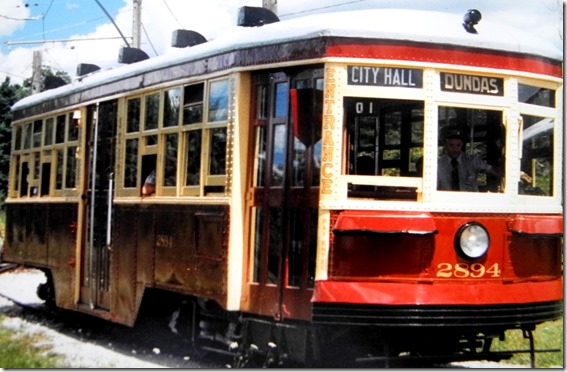
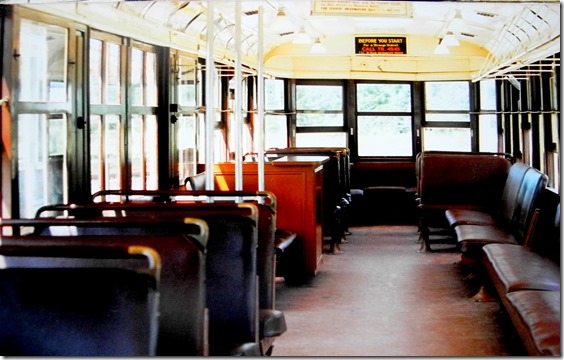
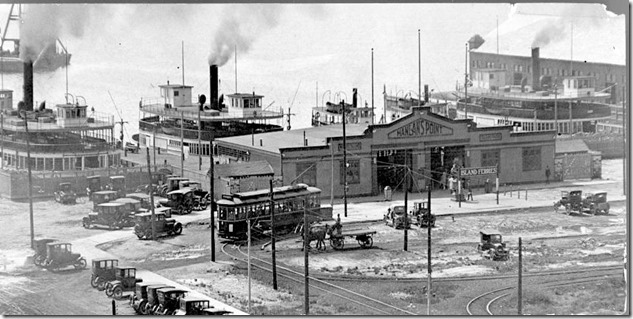
![Bluebell,, 1942, TRL 964-6-40[1] Bluebell,, 1942, TRL 964-6-40[1]](https://tayloronhistory.com/wp-content/uploads/2016/03/bluebell-1942-trl-964-6-401_thumb.jpg)
![f1568_it0433[1] 1900 f1568_it0433[1] 1900](https://tayloronhistory.com/wp-content/uploads/2017/06/f1568_it04331-1900_thumb1.jpg)
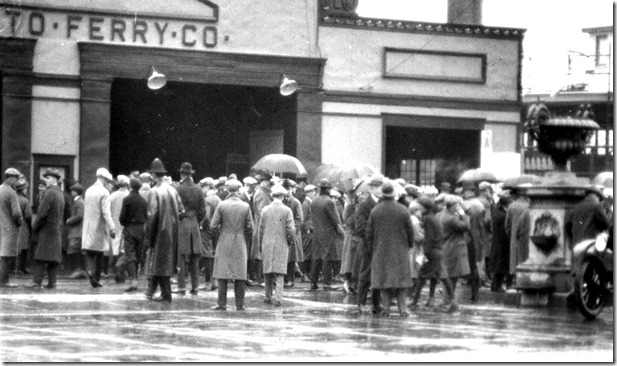
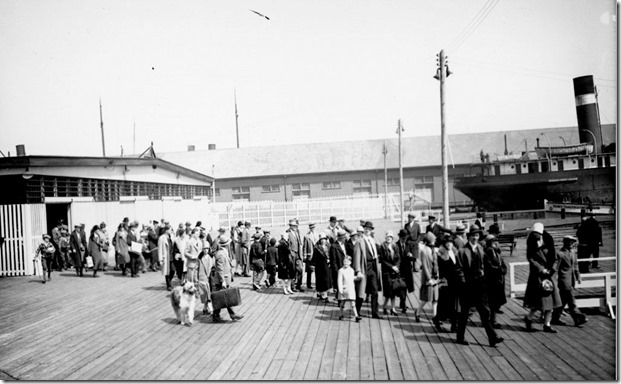
![1952, s1-1419[1] 1952, s1-1419[1]](https://tayloronhistory.com/wp-content/uploads/2016/03/1952-s1-14191_thumb.jpg)
![1953- WordPress Parade[1].png 1953- WordPress Parade[1].png](https://tayloronhistory.com/wp-content/uploads/2016/03/1953-wordpress-parade1-png_thumb.jpg)
![Hooper Avenue, 1927. Canada a054553-v8[1] Hooper Avenue, 1927. Canada a054553-v8[1]](https://tayloronhistory.com/wp-content/uploads/2016/03/hooper-avenue-1927-canada-a054553-v81_thumb.jpg)
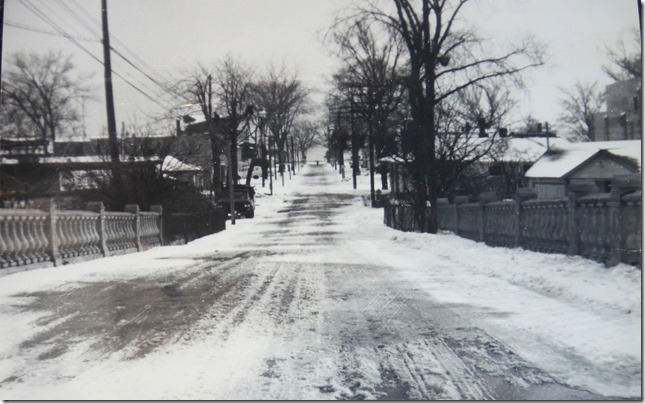
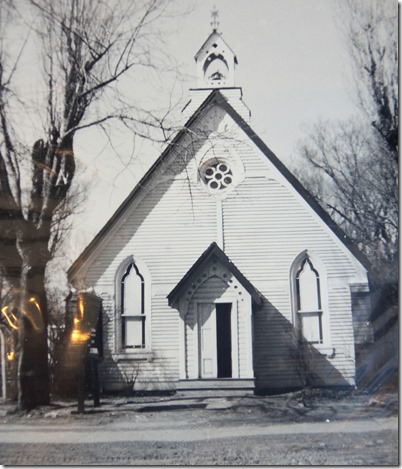
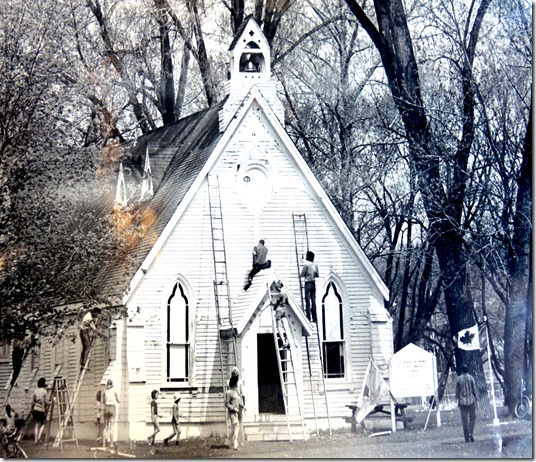
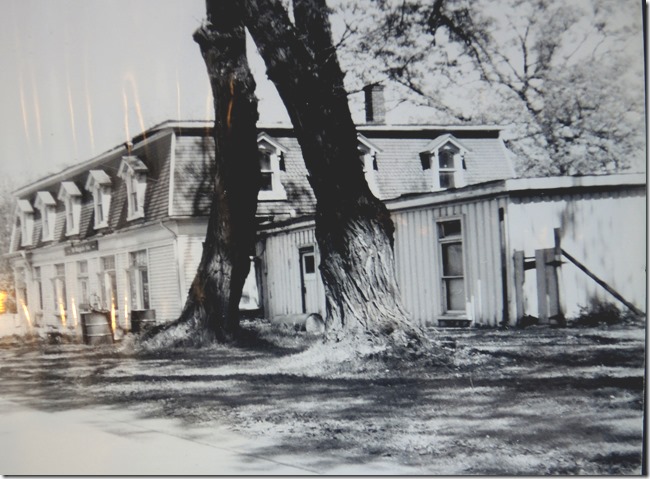
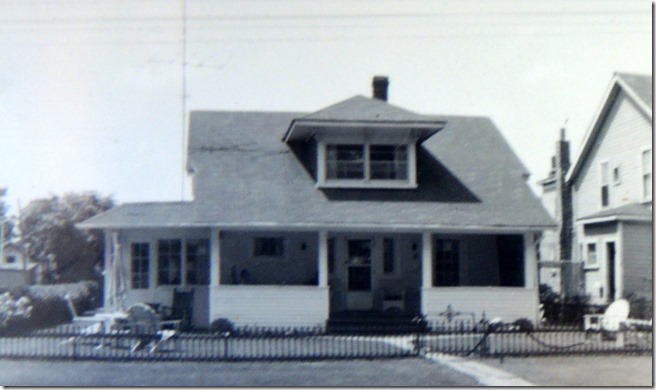
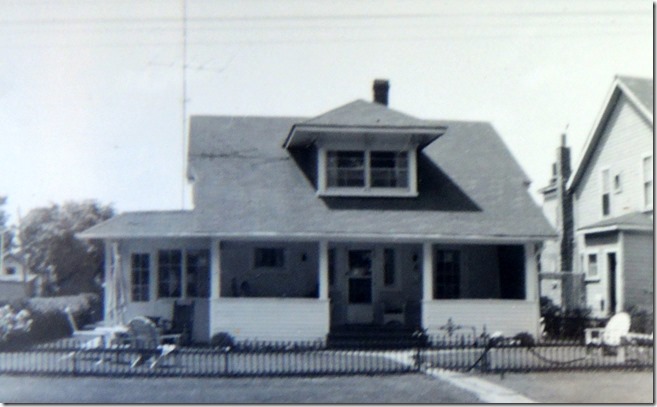
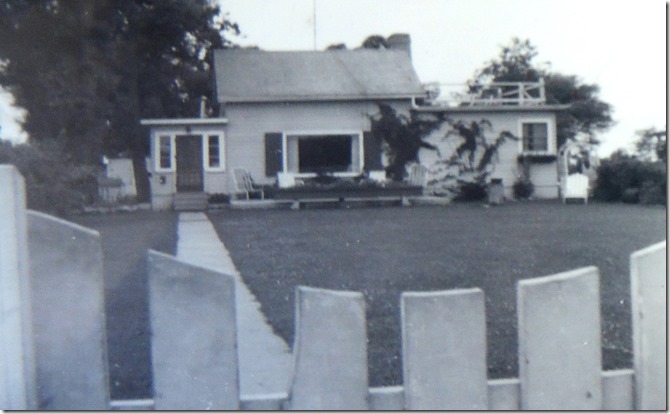
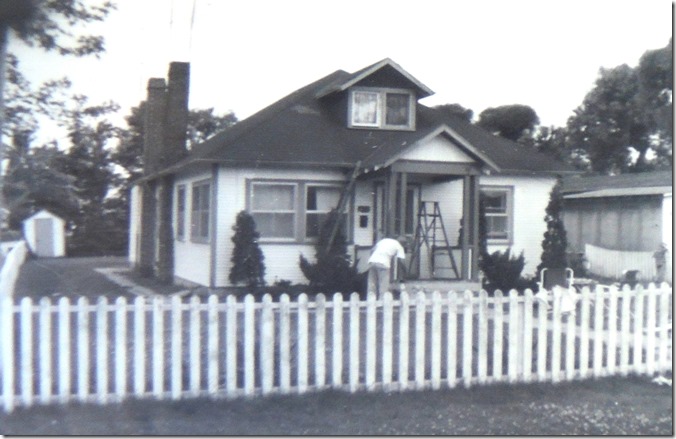
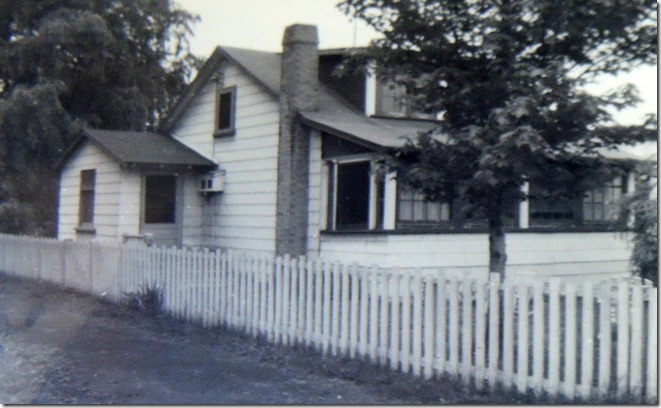
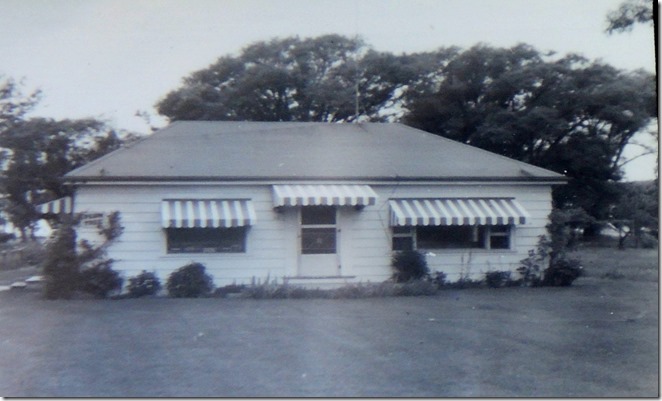
![Fire Hall, 1954, Manitou Rd. pictures-r-350[1] Fire Hall, 1954, Manitou Rd. pictures-r-350[1]](https://tayloronhistory.com/wp-content/uploads/2016/03/fire-hall-1954-manitou-rd-pictures-r-3501_thumb.jpg)
![Maniitou Rd. 1954. pictures-r-3468[1] Maniitou Rd. 1954. pictures-r-3468[1]](https://tayloronhistory.com/wp-content/uploads/2016/03/maniitou-rd-1954-pictures-r-34681_thumb.jpg)
![Police Stn, 1954, Manitou Rd. pictures-r-427[1] Police Stn, 1954, Manitou Rd. pictures-r-427[1]](https://tayloronhistory.com/wp-content/uploads/2016/03/police-stn-1954-manitou-rd-pictures-r-4271_thumb.jpg)
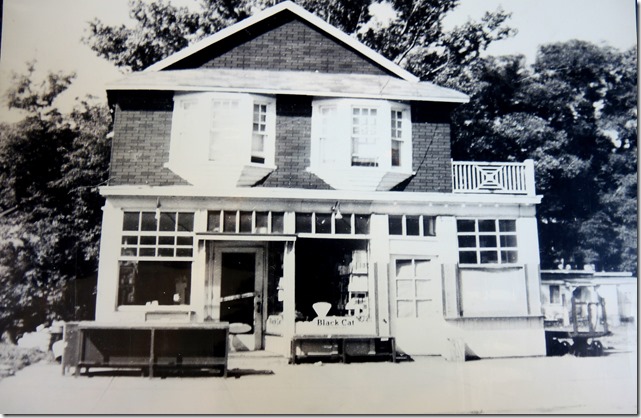
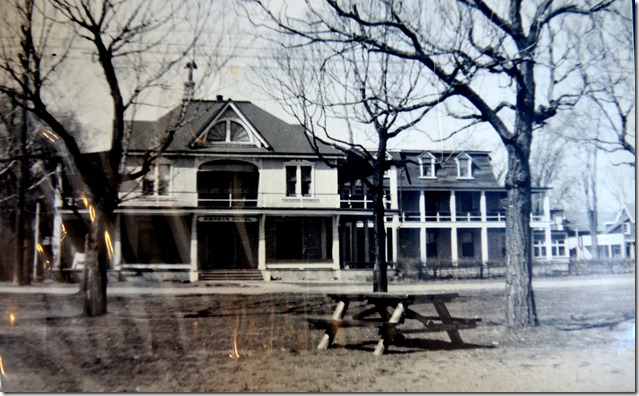
![wordpress-early 1950s, Toronto Album 2, Manitou-Road-Centre-Island[1].png wordpress-early 1950s, Toronto Album 2, Manitou-Road-Centre-Island[1].png](https://tayloronhistory.com/wp-content/uploads/2016/03/wordpress-early-1950s-toronto-album-2-manitou-road-centre-island1-png_thumb.jpg)
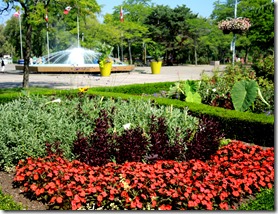
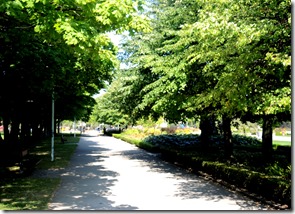
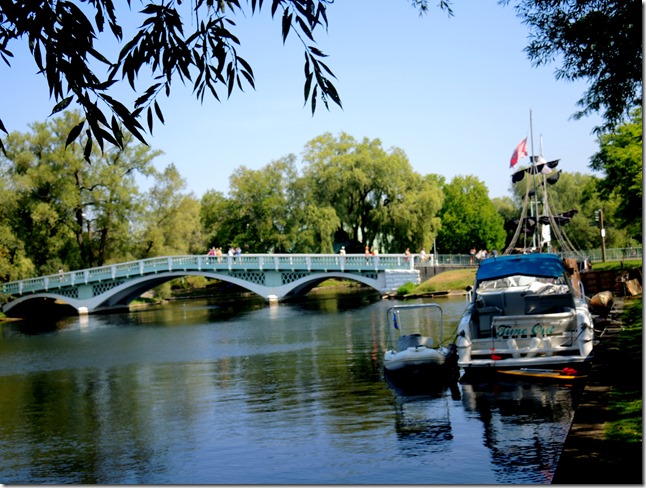
![Island-beach- 1920-f1231_it1144[1] Island-beach- 1920-f1231_it1144[1]](https://tayloronhistory.com/wp-content/uploads/2016/03/island-beach-1920-f1231_it11441_thumb.jpg)
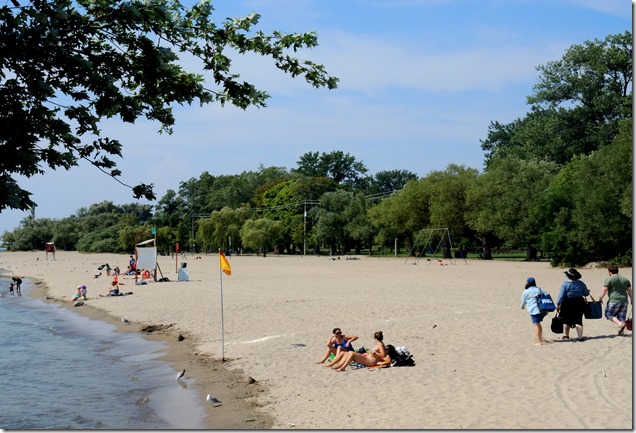
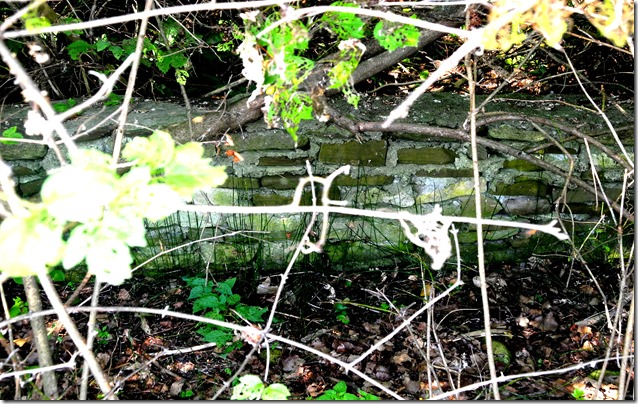
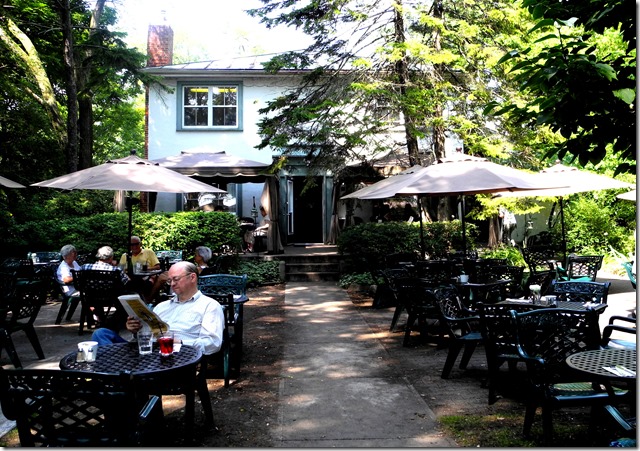
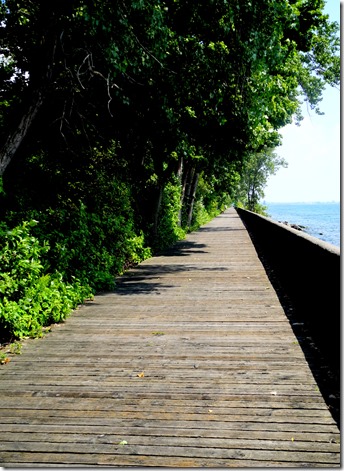
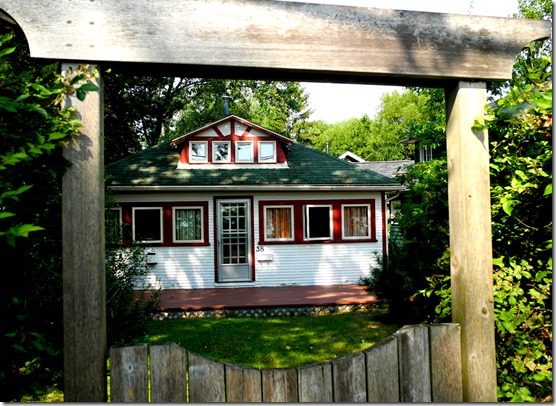
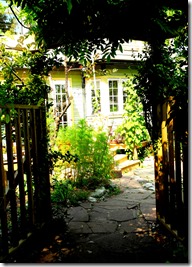

![cid_E474E4F9-11FC-42C9-AAAD-1B66D852[1] cid_E474E4F9-11FC-42C9-AAAD-1B66D852[1]](https://tayloronhistory.com/wp-content/uploads/2016/03/cid_e474e4f9-11fc-42c9-aaad-1b66d8521_thumb.jpg)
